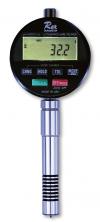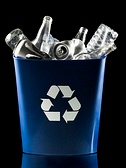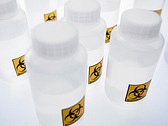New Study: Food Packaging Impacts BPA Levels in People

How’d they do it? They replaced canned or plastic packaged food with fresh foods for three days, testing families before, during and after. You can get the full details of the study here. What really strikes me though, is the dramatic impact after only three days. The takeaway from The Breast Cancer Fund and Silent Spring Institute which conducted the study:
“…you can reduce your BPA exposure by cooking fresh foods at home, avoiding canned foods, choosing glass and stainless steel food and beverage containers, and not microwaving in plastic.”
Better still, they offer a handy wallet card or mobile card listing 10 top packaged foods to avoid. They also recommend using glass or stainless steel food and beverage containers.
The study was conducted by Breast Cancer Fund and Silent Spring Institute, with funding from the Passport Foundation.
New Study: Food Packaging Impacts BPA Levels in People Read More »


